Whispers from the Scratching Post: Feline Folklore
Delve into the ancient myths and legendary tales that surround our enigmatic feline companions. From divine guardians to mischievous tricksters, cats have prowled through the annals of history and imagination.
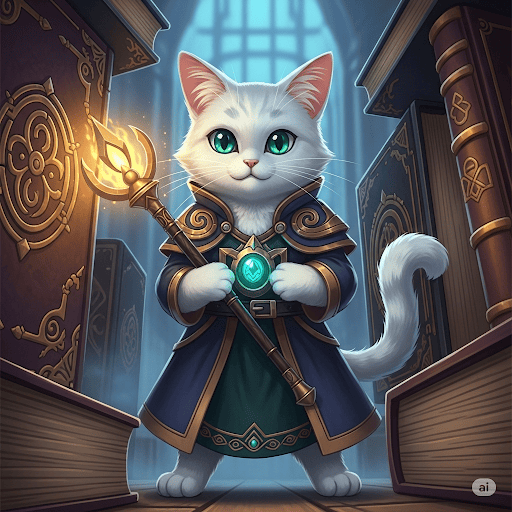
In ages past, cats were revered as protectors of sacred scrolls and libraries. Their watchful eyes were believed to ward off mischievous spirits and vermin that would defile the written word. Monks and scholars kept cats not just for companionship, but as furry sentinels of knowledge.
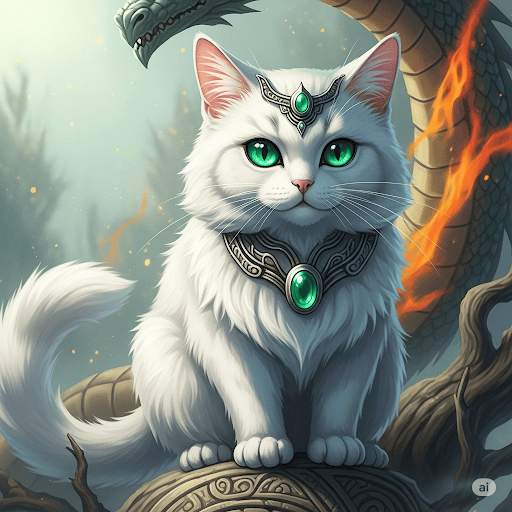
An old legend speaks of a mighty dragon whose only confidant was a small, unassuming cat. While the dragon commanded fear and respect, it was the cat's quiet wisdom and calming presence that tempered the dragon's fiery nature, guiding its power towards benevolent ends. This tale symbolizes the profound, often unseen influence of cats.
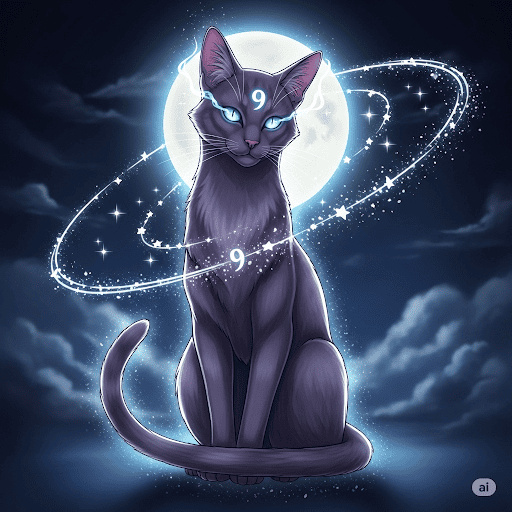
It is said that the Moon Goddess, enchanted by the cat's grace and enigmatic nature, bestowed upon them nine lives. Each life was a chance to learn, to explore, and to return from perilous adventures, making cats symbols of resilience, rebirth, and mystery.
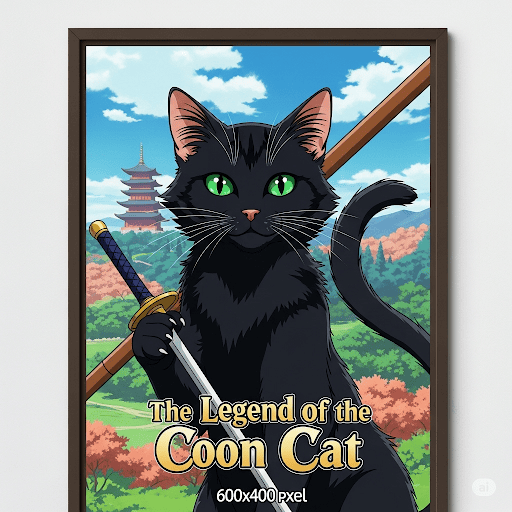
Legend says the Maine Coon is a hybrid of a domestic cat and a raccoon, hence its bushy tail and love for water. Another tale links them to Marie Antoinette's cats sent to America.
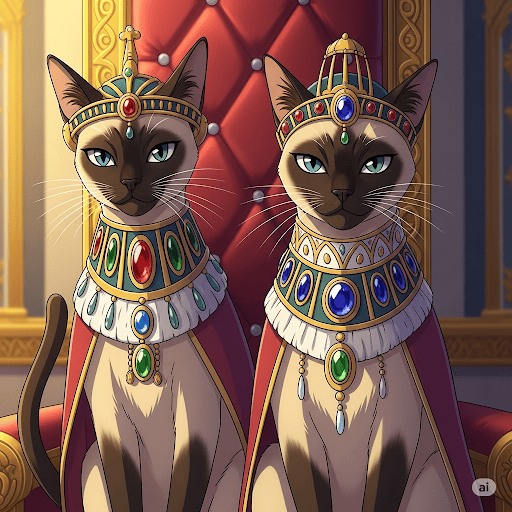
Siamese cats were once treasured by royalty in Siam, believed to guard temples and palaces. They were said to receive the souls of deceased royals.
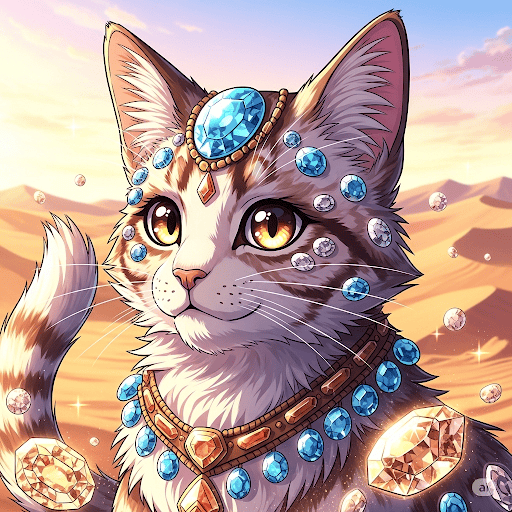
Persian cats, with their luxurious coats, were considered treasures brought from the East, symbols of exotic beauty and status among European nobility.
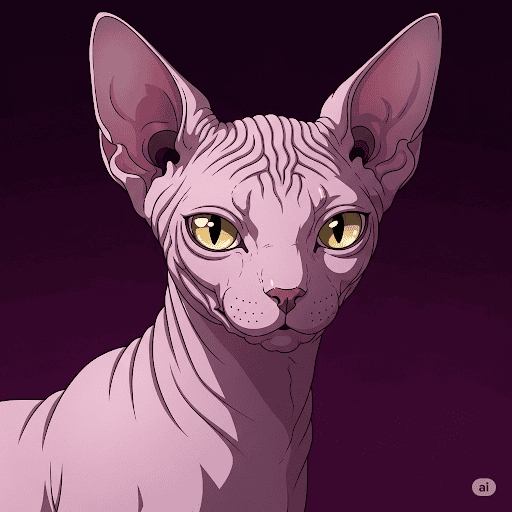
Often compared to the mythical creature, the Sphynx cat is a modern breed developed through selective breeding. Its unique appearance evokes mystery and intrigue.
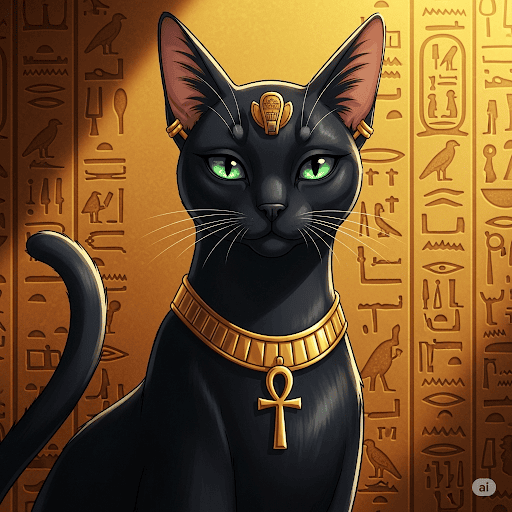
While their true origin is debated, the Abyssinian is often associated with ancient Egypt due to their resemblance to the cats depicted in Egyptian art. Some legends even suggest they are descendants of the sacred cats worshipped by pharaohs.

Aegean cats have lived on the Greek islands for centuries, often found in ports and fishing villages. They are well-regarded by fishermen and sailors for their excellent mousing skills and their affinity for water, sometimes even joining them on boats.
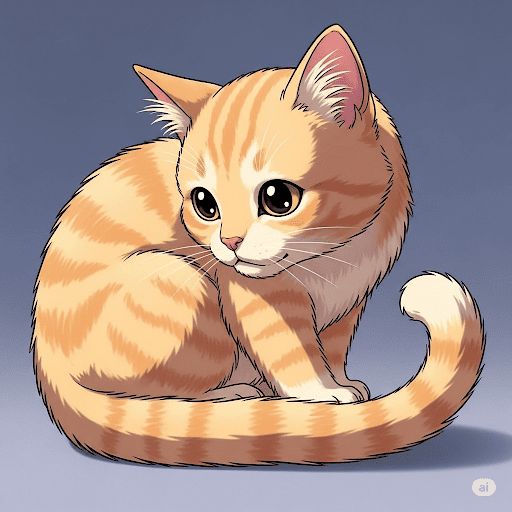
The breed originated from a stray black longhaired cat with unusual curled ears found in Lakewood, California, in 1981, named Shulamith. All American Curls can trace their lineage back to this single cat, making her the breed's matriarch.

Descended from European cats brought to North America by early settlers, the American Shorthair was originally valued for its exceptional rodent-hunting abilities. They were essential on farms and ships, protecting valuable goods from pests, before becoming cherished household companions.
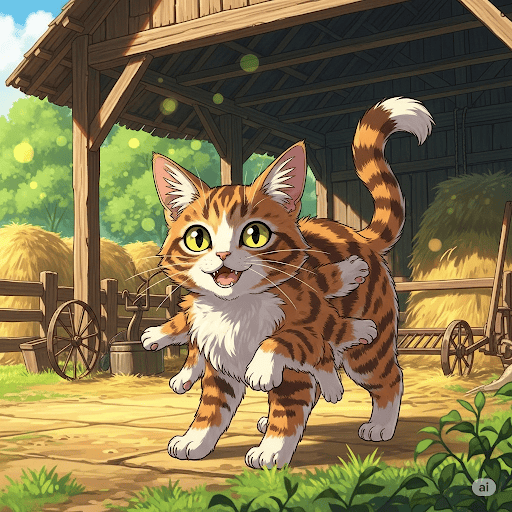
The American Wirehair originated from a spontaneous mutation in a litter of barn cats in upstate New York in 1966. One kitten had an unusual, wiry coat, which was then selectively bred to establish this distinctive and rare breed.
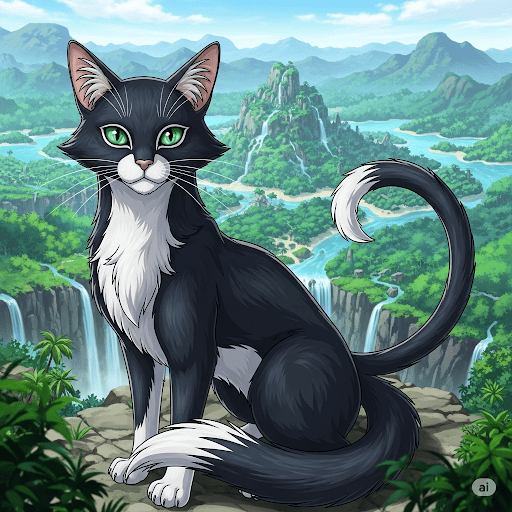
Believed to be one of the oldest cat breeds, the Aphrodite Giant has roamed the mountains of Cyprus for thousands of years. Legends suggest they are descendants of the cats that accompanied early monastic settlements on the island, thriving in its rugged landscape.
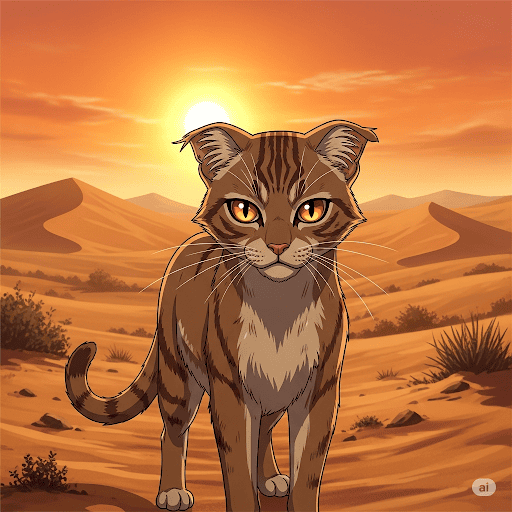
The Arabian Mau has adapted to the harsh desert environment of the Arabian Peninsula over thousands of years, thriving as a free-roaming cat. Their survival instincts and natural intelligence have made them resilient and highly adaptable companions.
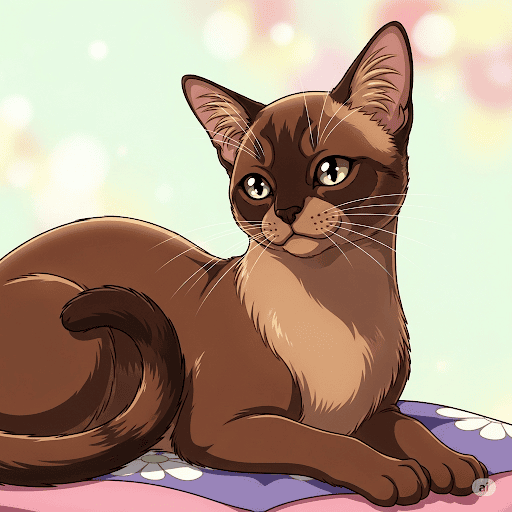
Developed in the UK in the 1980s, the Asian breed was created to explore the range of colors possible from Burmese and Chinchilla Persian crosses, while maintaining the Burmese's charming personality. They are essentially a non-pointed Burmese in various colors.

Developed in the UK alongside the Asian Shorthair, the Asian Semi-longhair (Tiffanie) emerged from the same Burmese and Chinchilla Persian crossbreeding program. It was specifically bred to retain the Burmese's personality while showcasing a beautiful, semi-longhaired coat.

The Australian Mist is Australia's only native cat breed, developed in the 1970s by Dr. Truda Straede. It was created by crossing Abyssinian, Burmese, and domestic shorthair cats to produce a cat with a spotted coat and a gentle temperament suitable for indoor living.
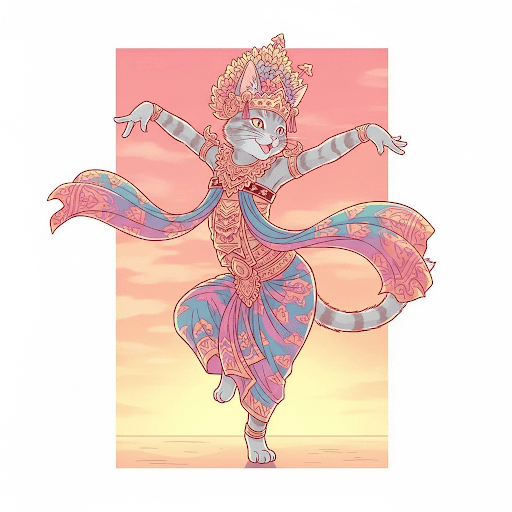
Though named after the graceful dancers of Bali, the Balinese cat did not originate from the island. It was developed in the United States from spontaneous longhaired mutations in Siamese litters in the mid-20th century, becoming a distinct breed known for its elegant movement.
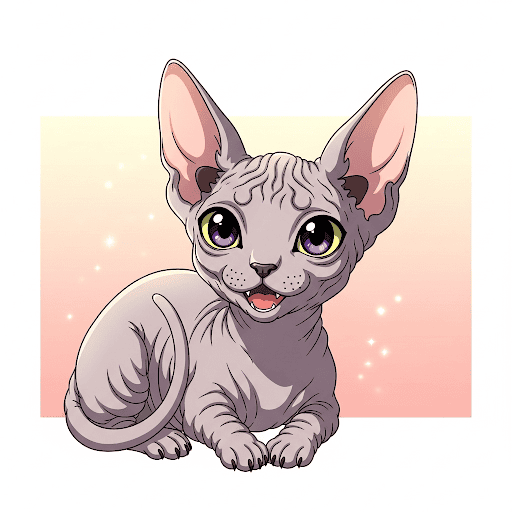
The Bambino breed emerged in 2005 from a cross between a Munchkin and a Sphynx cat in the United States. Its name, 'Bambino,' means 'baby' in Italian, reflecting its small stature and endearing, baby-like appearance.
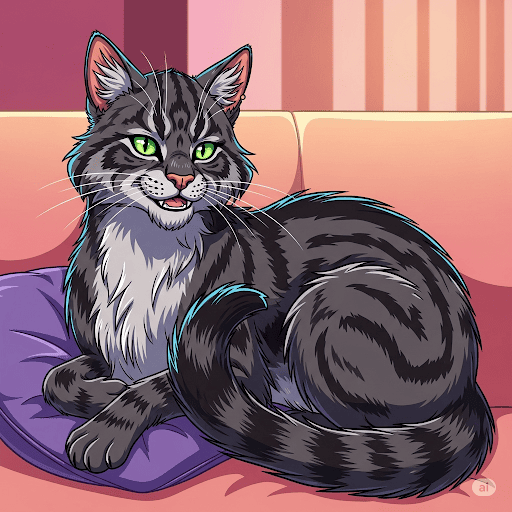
The Bengal breed originated from crosses between domestic cats and the Asian Leopard Cat (Prionailurus bengalensis) in the 1960s. The goal was to create a domestic cat with the striking markings of a wild feline but the gentle temperament of a housecat, making it a truly unique hybrid.
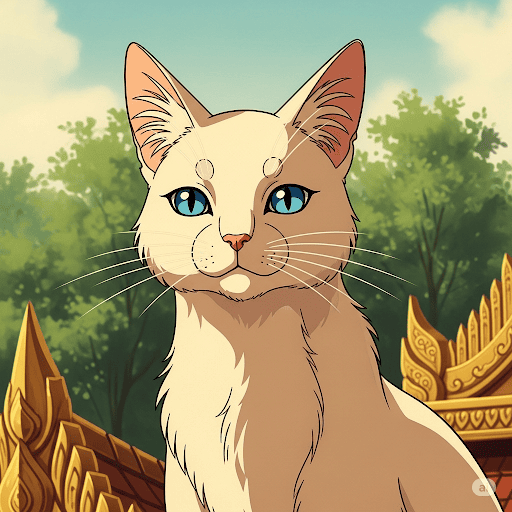
Legend has it that the Birman cats were the sacred companions of temple priests in Burma, specifically in the temple of Lao-Tsun. Their distinctive white paws are said to be a divine blessing, signifying their purity and connection to the goddess Tsen-Kyan-Kse, who rewarded their devotion.
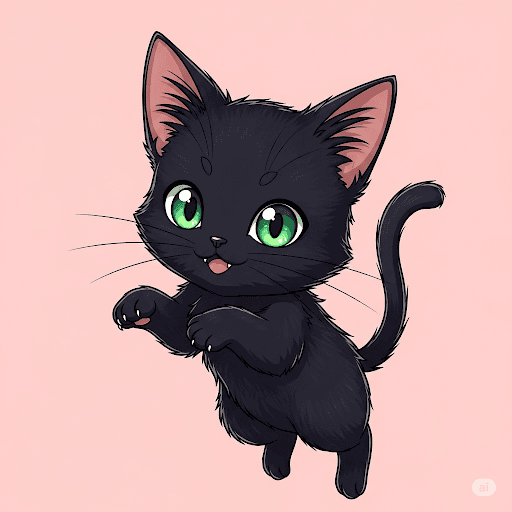
Developed in the United States in the late 1950s by Nikki Horner, the Bombay was specifically bred to resemble a miniature black panther. She crossed a Sable Burmese with a black American Shorthair to achieve the desired look and the sweet, outgoing personality.

The Brazilian Shorthair originated from the street cats of Brazil, which naturally adapted to the urban environment. Through a breeding program initiated in the 1980s, these robust and intelligent cats were selectively bred to establish a standardized breed, making them Brazil's first recognized cat.
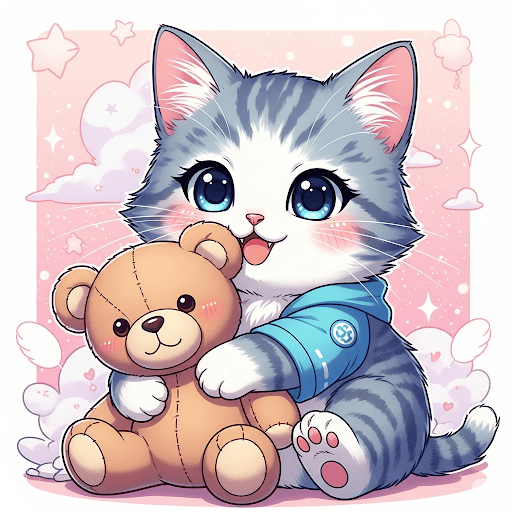
The British Longhair emerged from crosses between British Shorthairs and Persians after World War II, when breeders sought to re-establish the British Shorthair's numbers and introduce new coat qualities. Over time, the longhaired offspring were recognized as a distinct breed, earning them the nickname 'teddy bear' for their soft appearance.
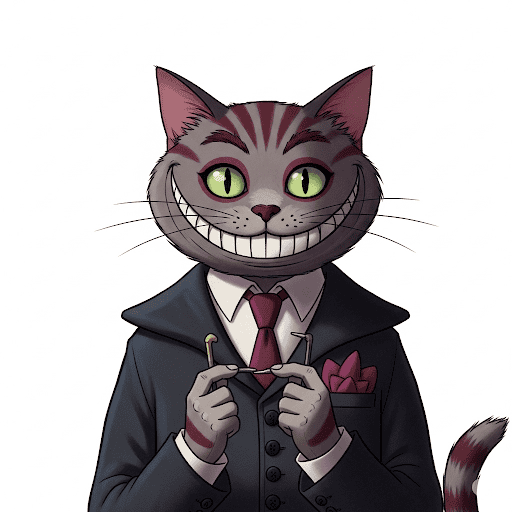
It is widely believed that the British Shorthair, with its distinctive round face and 'smile,' served as the inspiration for Lewis Carroll's famous Cheshire Cat in 'Alice's Adventures in Wonderland.' Their placid demeanor and charming appearance certainly fit the whimsical character.
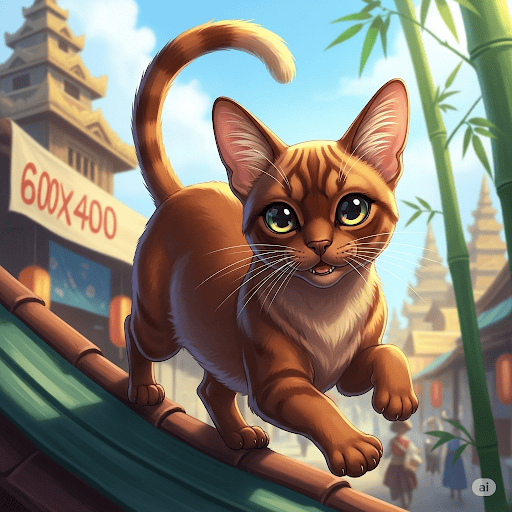
The modern Burmese breed traces its lineage back to a single female cat named Wong Mau, brought from Burma to the United States in 1930. Her unique brown coat and charming personality captivated breeders, leading to the development of this beloved breed.
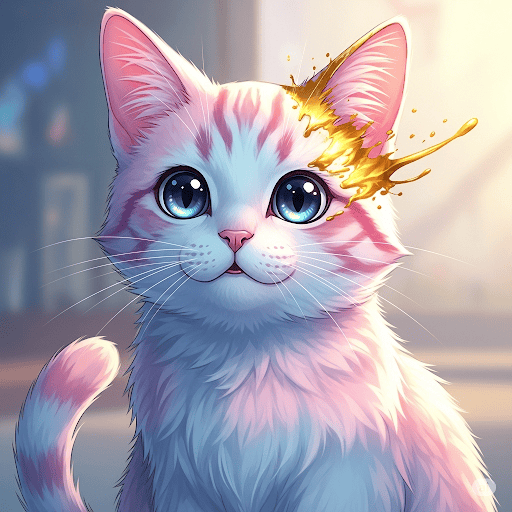
The Burmilla breed was born from an accidental mating in 1981 between a Chinchilla Persian male and a Lilac Burmese female in the UK. The resulting kittens possessed a unique beauty and charming temperament, leading to the intentional development of this new breed.
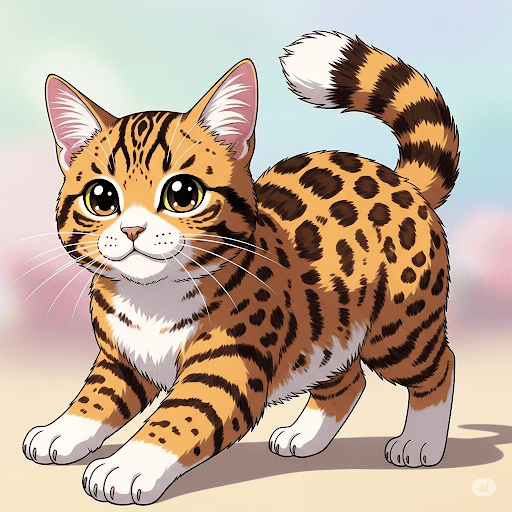
Developed in the 1980s by Paul Casey, a Hollywood screenwriter, the California Spangled was created to raise awareness about the plight of endangered wild cats. It was bred from various domestic breeds to achieve a wild appearance without any wild blood, hoping to inspire conservation efforts.
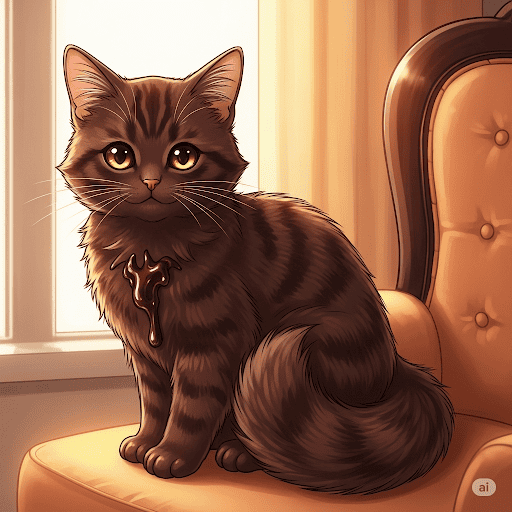
The breed's origins trace back to two chocolate-colored, longhaired cats purchased in 1967. Originally thought to be foreign longhairs, their distinct characteristics led to the development of a new breed, initially called 'Foreign Longhair' and later 'Chantilly.' The 'Tiffany' name was later added due to confusion with another breed.
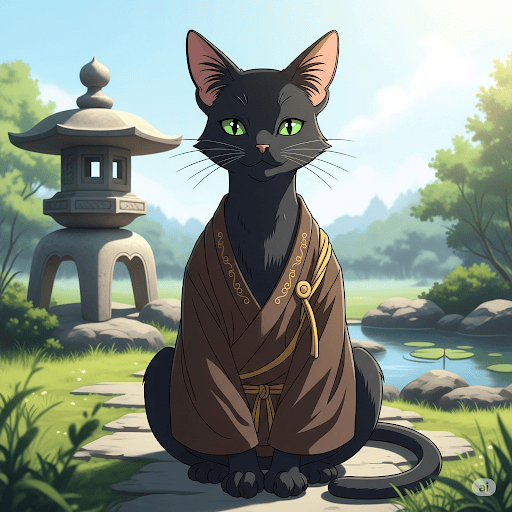
Legend suggests the Chartreux breed originated with the Carthusian monks in France, who bred them to be quiet companions and mousers in their monasteries. Their serene demeanor and hunting prowess made them ideal feline residents in these contemplative settings.
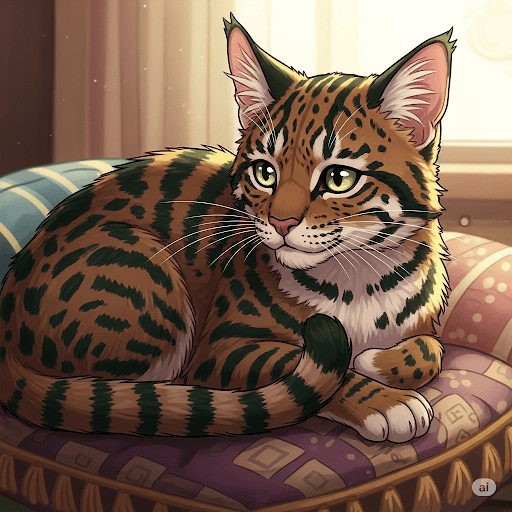
The Chausie breed was developed in the 1990s by crossing domestic cats with the wild Jungle Cat (Felis chaus). The aim was to create a domestic cat with the elegant, wild look of its ancestor, while maintaining a loving and trainable temperament suitable for home life.
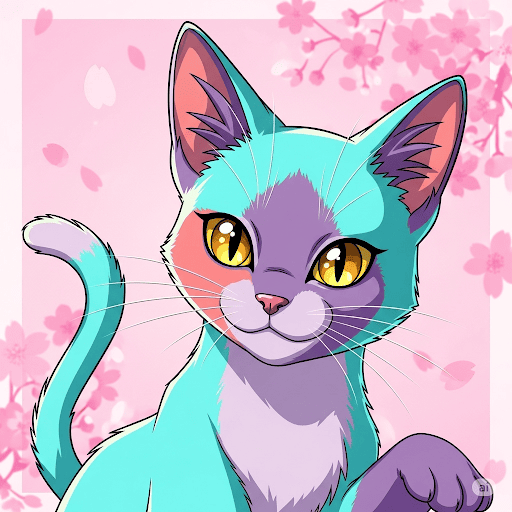
Developed in the UK and US, the Colorpoint Shorthair was created by crossing Siamese cats with other shorthaired breeds, like the American Shorthair or Abyssinian, to introduce new colors and patterns while retaining the classic Siamese body type and personality. This expanded the traditional Siamese palette.

The Cornish Rex originated from a spontaneous genetic mutation in a barn cat kitten born in Cornwall, England, in 1950. This kitten, named Kallibunker, had an unusual wavy coat, and his unique genes were carefully bred to establish the entire Cornish Rex lineage.

The Cymric is essentially the longhaired variant of the Manx cat, which originated on the Isle of Man. The tailless trait is a natural genetic mutation that became prevalent on the isolated island. The Cymric was later developed in North America by breeding longhaired Manx cats.
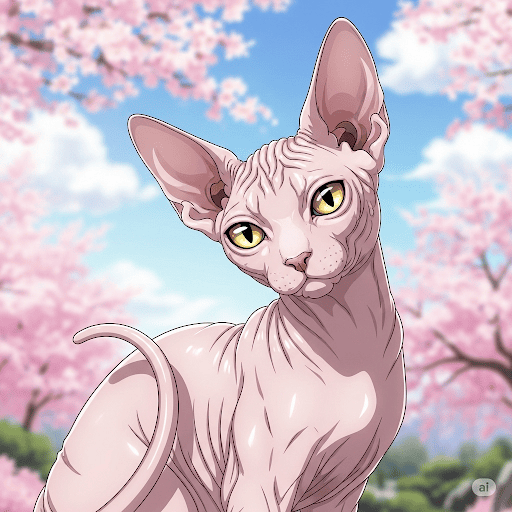
The Donskoy breed originated in 1987 in Rostov-on-Don, Russia, from a cat named Varvara who began losing her hair at four months old. Her unique hairless trait was found to be dominant, leading to the development of this distinctive Russian breed.
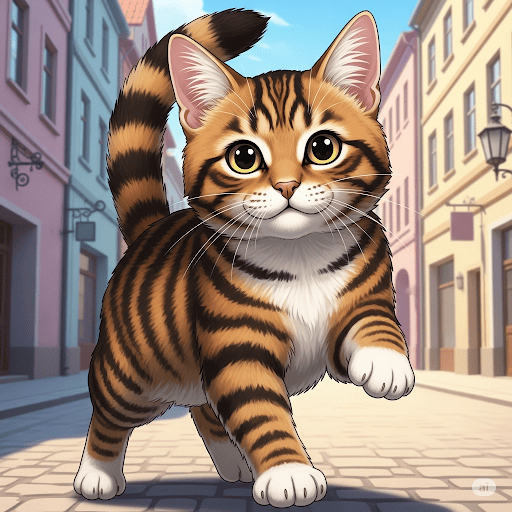
The European Shorthair is the foundational domestic cat breed of Europe, evolving naturally over centuries from the continent's diverse cat populations. It was formally recognized as a distinct breed to preserve the characteristics of these common, hardy, and adaptable felines.
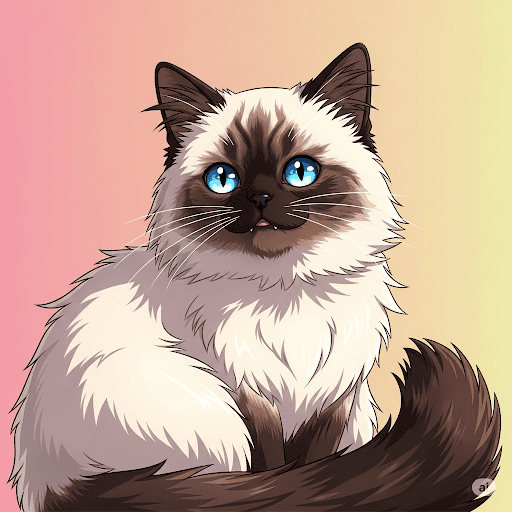
The Himalayan breed was developed in the 1950s by crossing Persians with Siamese cats to introduce the colorpoint gene into the Persian lineage. The result was a cat with the Persian's luxurious coat and body type, but with the striking blue eyes and point coloration of the Siamese.
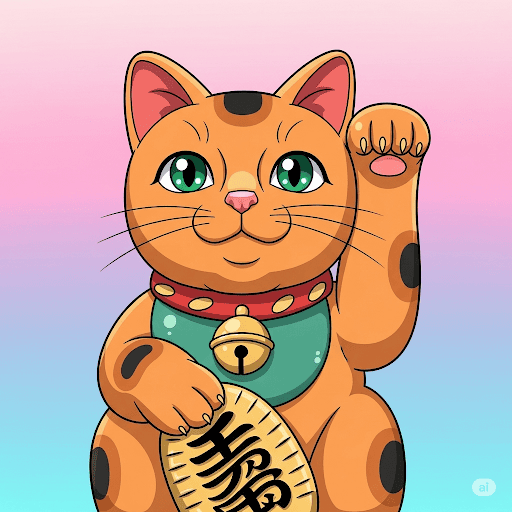
The Japanese Bobtail has been revered in Japan for centuries as a symbol of good luck and prosperity. The Maneki-neko (beckoning cat) figurine, often seen in businesses, is modeled after the Japanese Bobtail, with its raised paw inviting fortune.
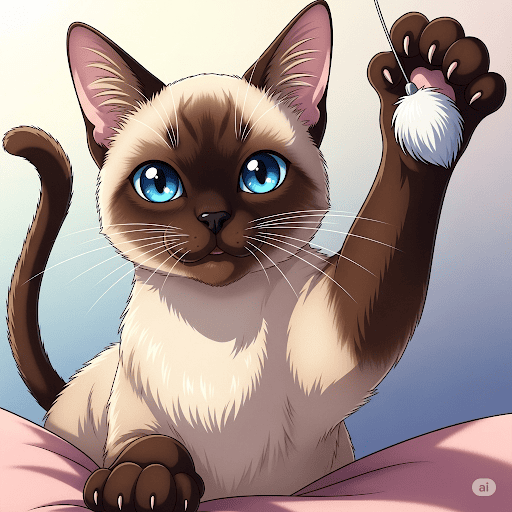
The Havana Brown was developed in England in the 1950s by crossing Siamese cats with black domestic shorthairs and Russian Blues. The goal was to create a cat with the elegant Siamese body type but a solid, warm brown coat, reminiscent of Havana cigars, hence its name.
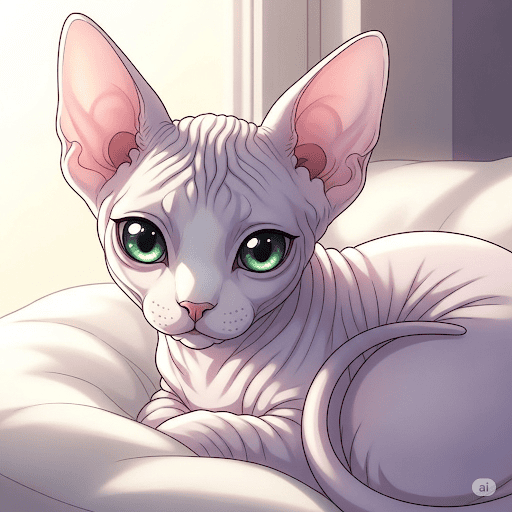
The Minskin breed was developed in the United States in the early 2000s by crossing Munchkins with Sphynx cats, and later incorporating Burmese and Devon Rex. The goal was to create a cat with the short legs of the Munchkin and the sparse, pointed coat of the Sphynx, resulting in a unique, endearing appearance.
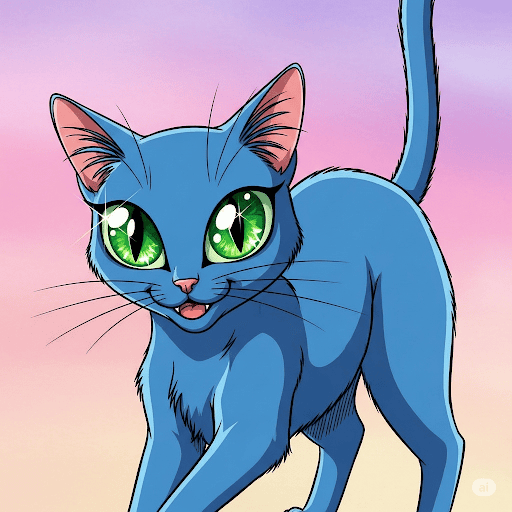
The Khao Manee, meaning 'White Gem' or 'White Pearl,' is a highly prized and ancient breed from Thailand, historically owned by royalty. Its pure white coat and sparkling eyes were considered symbols of good luck, longevity, and wealth, often mentioned in ancient Thai cat poems.
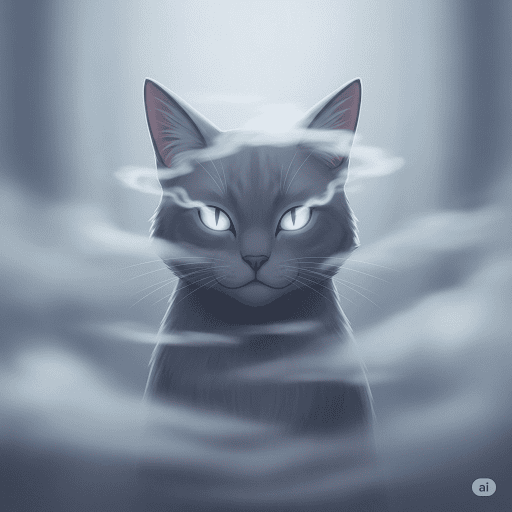
The Nebelung breed originated in the 1980s from a litter of domestic cats in Denver, Colorado. The name 'Nebelung' means 'creature of the mist' in German, referring to their shimmering, ethereal blue-gray coat, which resembles a misty cloud.
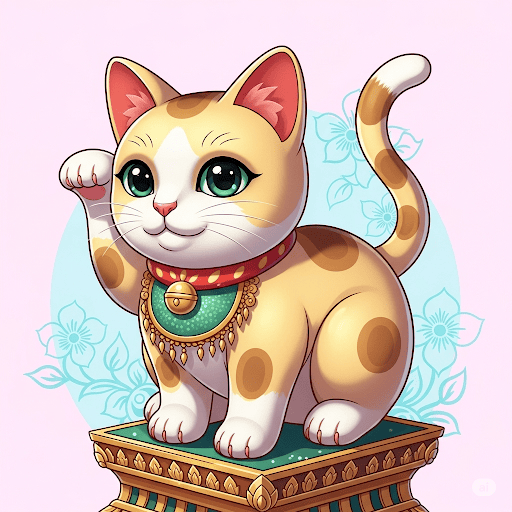
The Korat is considered a symbol of good luck and prosperity in its native Thailand, where it has been known for centuries. It is traditionally given as a pair to newlyweds or for special occasions to bring good fortune, and its silver-tipped coat is said to resemble clouds bringing rain for crops.
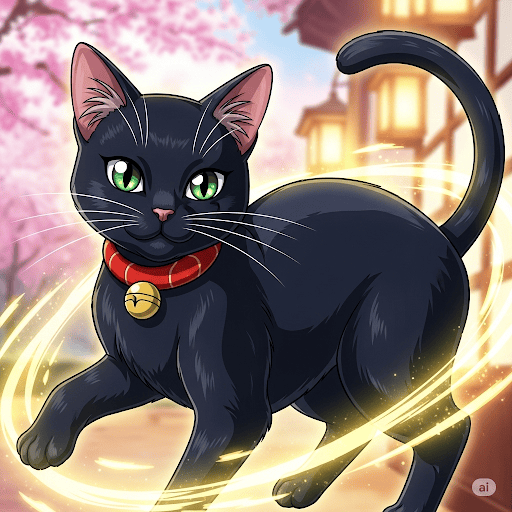
The Korn Ja is one of the 17 'good luck' cats mentioned in the ancient Thai book of cat poems, the 'Tamra Maew.' It is believed to bring good fortune and prosperity to its owner, particularly if it has a solid black coat and bright yellow-green eyes.
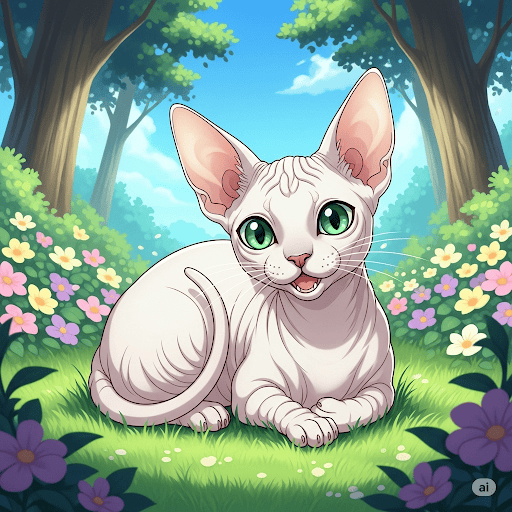
The Manx cat originated on the isolated Isle of Man, where a natural genetic mutation resulted in the absence of a tail. Legends vary, from the cat being the last animal to board Noah's Ark and having its tail cut off by the closing door, to it being a cross between a cat and a rabbit due to its hop.
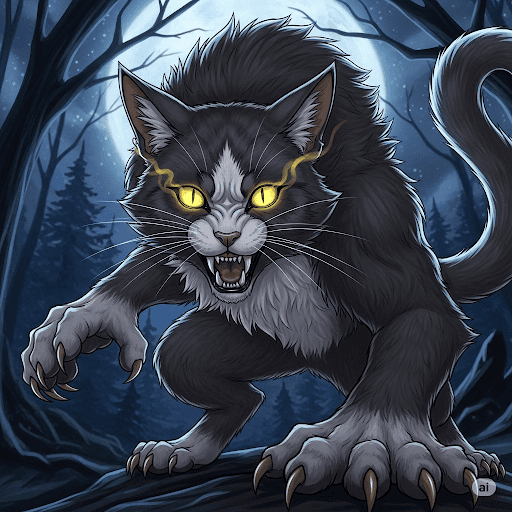
The Lykoi breed originated from a natural genetic mutation found in feral cat populations. Breeders in the United States discovered these cats in 2010 and began a breeding program, naming them 'Lykoi' (from Greek for 'wolves') due to their unique appearance reminiscent of a werewolf.
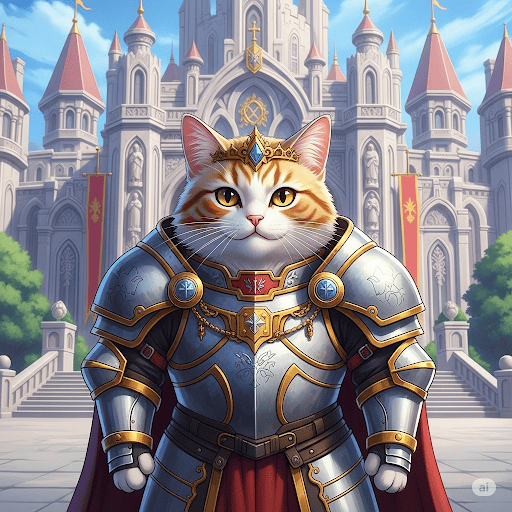
The Mekong Bobtail has a long history in Southeast Asia, particularly in Thailand, where it was traditionally kept by royalty and guarded temples. Its unique bobbed tail was believed to be a sign of good fortune, and these cats were highly prized for their beauty and loyalty.
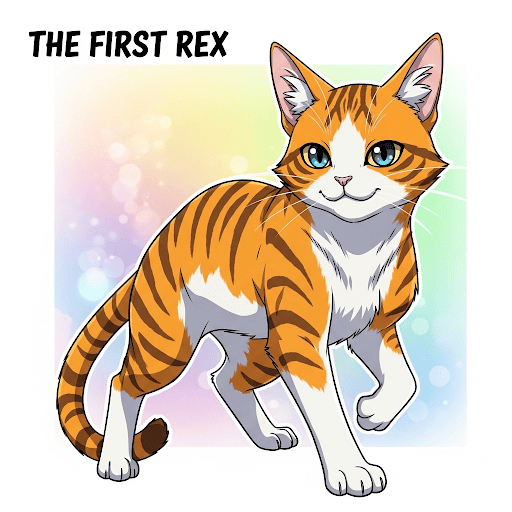
The German Rex is one of the earliest known 'Rex' coated breeds, originating from a spontaneous mutation in a cat named Lämmchen in East Berlin in 1951. This unique wavy coat was then selectively bred, making it a foundational breed for understanding the Rex mutation.
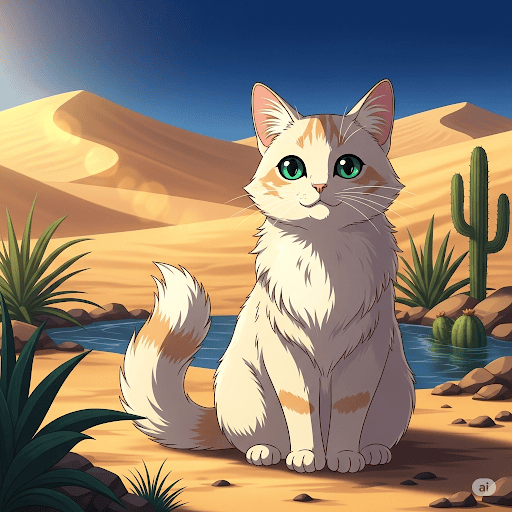
The Kanaani breed was developed in Germany and Israel in the 1990s by crossing domestic cats with the African Wildcat (Felis lybica). The aim was to create a domestic cat with the striking spotted coat and athletic build of its wild ancestor, while ensuring a manageable temperament for home life.